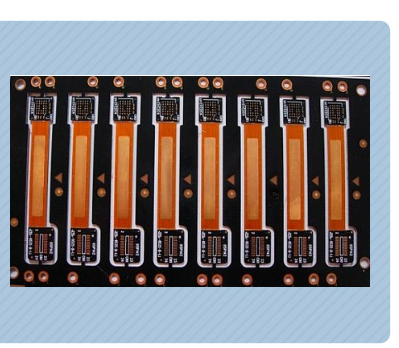How to strengthen the BGA in the PCB circuit board to prevent deformation
1. Increase PCB resistance to deformation
The deformation of the circuit board(PCBA board) generally comes from the rapid heating and rapid cooling (thermal expansion and contraction) formed by high-temperature reflow, and the uneven distribution of parts and copper foil on the circuit board worsens the circuit board. The amount of deformation.
Ways to increase the resistance of the circuit board to deformation include:
1. Increase the thickness of the PCB circuit board. If conditions permit, it is recommended to use a circuit board with a thickness of 1.6mm or more. If you still have to use 0.8mm, 1.0mm, 1.2mm thickness boards, it is recommended to use furnace fixtures to support and strengthen the deformation of the board when passing the furnace. Although able to test decline.
2. Use high Tg PCB board. High Tg means high rigidity, but the price will rise accordingly. This is a trade-off.
3. Pouring Epoxy glue (potted) on the circuit board. It is also possible to consider pouring glue around the BGA or the reverse side of the corresponding circuit board to strengthen its ability to resist stress.
4. Add steel bars around the BGA. If there is space, it can be considered the same as in building a house, with a supporting iron frame around the BGA to strengthen its ability to resist stress.

Second, reduce the amount of deformation of the PCB
Generally speaking, when the circuit board (PCB) is assembled into the case, it should be maintained by the case. However, because today's products are getting thinner and thinner, especially for handheld devices, they often encounter external force twists or drop impacts. The resulting circuit board deformation.
To reduce the deformation of the circuit board caused by external force, there are the following methods:
1. Strengthen the shell to prevent its deformation from affecting the internal circuit board.
2. Add screws or fix the tissue around the BGA in the printed circuit board. If our intention is only to maintain the BGA, then we can force the tissues adjacent to the BGA to be fixed, so that the proximity of the BGA is not easily deformed.
3. Add the organization's buffer plan for the circuit board. For example, if some buffer materials are planned, even if the case is deformed, the internal circuit board can still remain unaffected by external stress. But it is necessary to consider the lifespan and ability of the buffer talent.
3. Strengthen the reliability of BGA
1. Fill the bottom of the BGA with glue (underfill).
2. Use SMD (Solder Mask Designed) layout. Cover the solder pads with green paint.
3. Add the amount of solder. But it is necessary to control the situation where it cannot be short-circuited.
4. Increase the size of the BGA solder pads on the circuit board. This will make the wiring of the circuit board difficult, because the gap between the ball and the ball that can be routed becomes smaller.
5. Use Vias-in-pad (VIP) planning. However, the via on the solder pad must be filled with electroplating, otherwise bubbles will occur during reflow, which will simply cause the solder ball to crack from the middle. This is similar to building a house and piling the ground.
6. I strongly believe that if it is already a product, it is best to use [Stress Gauge] to find the stress concentration point of the circuit board. If you have difficulty, you can also consider using a computer simulator to find out where the possible stress will gather.